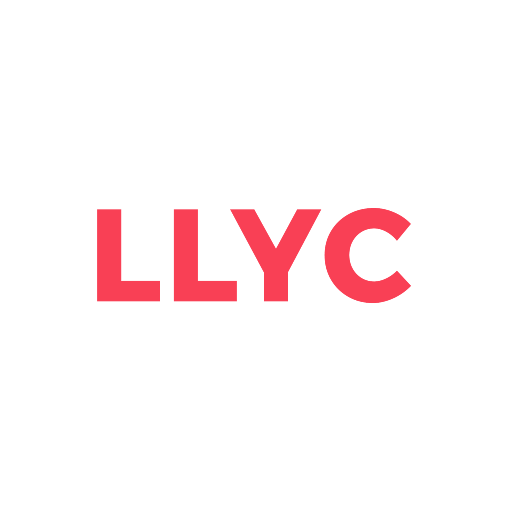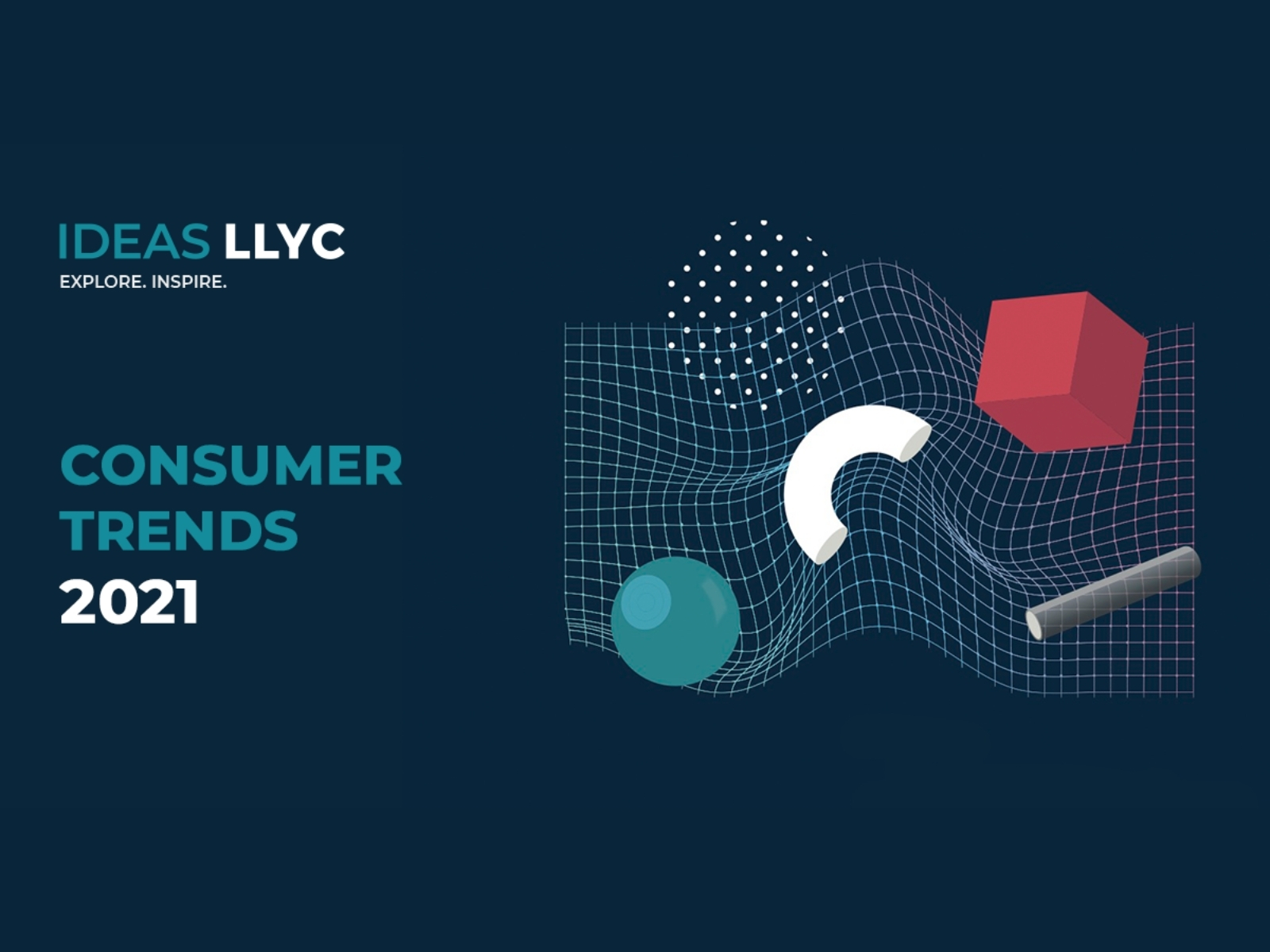LLYC 11 Jun 2021 // 4:36PM GMT

The COVID-19 pandemic has shaken the health, social, and economic structure nations all over the world. Against this backdrop, certain industries’ strength and trajectory have been key to not only overcoming this crisis, but also to showcasing a high capacity to respond.
The pharmaceutical industry has emerged as the solution during this emergency. Its research role has been fundamental, not just for developing vaccines, but also in the search for coronavirus treatments. Spain’s pharmaceutical industry has led the race for a treatment, and it has been the European country to take part in the most clinical trials (fourth in the world). Thanks to major R&D investments and the constant renewal of production plants, the sector has been able to supply specific COVID-19 medications as well as pharmaceuticals and active ingredients from abroad, in collaboration with the European Medicines Agency (EMA). In a very challenging context, contingency planning and the industry’s dominance have proven key.
The economy needs to be backed by strategic sectors to overcome the crisis, and the pharmaceutical sector is one of these. This industry is a model of quality employment and foresight, also playing a major role in the production and export of new technology. This sector invested the most in R&D, with it accounting for 20% of business spending according to the 2019 survey by the National Statistics Institute on innovation in companies. This investment both has some very clear positive implications in the field of health and is very significant on the economic, social, and labor levels.
Accordingly, the pandemic has provided the pharmaceutical industry with a great opportunity to prove its value as a socioeconomic driver in Spain. Now is the time to evaluate this industry and explore how it can help the country overcome this crisis, as it will provide a very significant part of the solution. We are facing a new era of uncertainty where strength, efficacy, and action is what will restore confidence – a key intangible element of the economic recovery. As an industry, now is the time for pharma to explain itself and do it well, speaking with rigor, authority and, above all, transparency.
1. Health Ecosystem
The coronavirus pandemic brought extraordinary challenges, and its unprecedented nature has forced us to seek efficient solutions as quickly as possible. But this is not possible without collaboration, which unites the efforts, perspectives, and potential of different organizations and stakeholders. COVID-19 has once again taught us that major health challenges will not be resolved without cooperation.
One of the largest health programs in the world involves public-private collaboration. The Innovative Medicines Initiative (IMI), financed half by the European Commission and half by the European pharmaceutical industry, set a precedent for collaborative success in another epidemiological struggle – Ebola. Within the framework of the IMI, the IMI2-Call 21 was launched March 3, 2020. This program was designed to develop therapies and diagnoses to combat the coronavirus, and major pharmaceutical companies in Europe swiftly began their joint work, coming together with public research bodies to find therapeutic solutions for the coronavirus in record time.
In the private field, in processes to create vaccines, we see several examples of agreements between the large pharmaceutical manufacturers and biotechnology companies, including Pfizer-BioNtech, Sanofi-GSK, and Moderna-Oxford. Some alliances were forged between national companies working in the production process, such as the Reig Jofre-Janssen Pharmaceutical Companies and Rovi-Moderna partnerships.
We are at a genuine turning point – the health ecosystem requires cooperation now more than ever before, and this can only be established through dialogue between sincere and transparent parties. The pharmaceutical industry is undoubtedly ready for this.
2. Collaboration
The global race to find treatments, diagnostic tests, and vaccines to fight COVID-19 has been undertaken as quickly as possible, with different sector agents collaborating to proceed. However, since early on, it was clear this race overcome the health crisis would not end there. We still need to guarantee speedy, fair, and equal access.
Some global, extraordinary, and unique collaboration initiatives have arisen from this line of thought. The World Health Organization (WHO) launched the COVAX (COVID-19 Vaccines Global Access) alliance April 2020, at the peak of the pandemic, with the sole aim of helping vaccinate a significant percentage of the world’s population by supporting countries and people on very low incomes. This alliance currently serves 190 countries. COVAX has the largest and most diverse portfolio of COVID-19 vaccines in the world and, as such, it represents one of the best hopes for eradicating the disease on a global level.
In terms of price, pharmaceutical companies have acted as corporate activists, keeping their profit margins at a minimum and making an active commitment to offering global vaccination. The International Federation of Pharmaceutical Manufacturers & Associations (IFPMA), made up of the main pharmaceutical industry manufacturers, was very clear regarding its position from the outset. Its main goal was to guarantee adequate access to affordable, quality medication and vaccines as a key facet of universal health coverage.
3. Community Organization
The health emergency has created an unprecedented level of collective organization. COVID-19 has plunged us into a VUCA (Volatile, Uncertain, Complex, and Ambiguous) environment – a term coined by many and appropriate for times of war. To tackle this new situation, patients, families, doctors, and healthcare professionals have come together to provide a response. The pandemic has clearly shown how different communities can organize themselves to work toward common, shared goals by forming new interest groups that are diverse, intergenerational, multidisciplinary, and global.
Digital channels have allowed this organization and communication between people. The benefits have been numerous, including organizing volunteers, caring for patients and families, detecting care needs, democratizing information, and coordinating between specialized fields and other health centers.
But this joining of forces has also served as a loudspeaker, calling for a solution. These new interest groups are empowered, capable of raising their voices on social media. The secret to contributing value lies in being close to them, taking the measure of this social reality and its new needs. Companies will need to listen to and understand them. They must identify their opinion leaders to achieve what the sustainability field calls “good materiality,” or contributing what is expected of you. The industry must be an active participant in this, because it has the necessary resources and capacity to do so.
4. Prevention and Immunity
Healthcare prevention and education have always been key to managing public health. Now more than ever, these will be decisive elements in overcoming this health crisis.
The aim is to quickly control the spread of preventable diseases by vaccinating a large proportion of the population to achieve herd immunity. The first decade of this century has been the most productive ever in terms of obtaining vaccines, thanks to public-private partnerships, technological innovation in the pharmaceutical industry, and new financing mechanisms.
Immunization is one of the most cost-effective preventive healthcare actions, according to the WHO. For example, the global eradication of smallpox, which cost $100 million over ten years until 1977, has led to saving $1.3 billion per year in treatment and preventive costs alone.
The pandemic has also been accompanied by the burden of fake news, which governments must combat. Education is essential at this time. Industry and private sector efforts play an important role in raising awareness and carrying out behavioral change campaigns to overcome barriers, such as the general skepticism and safety concerns springing from the newness and quick development of these vaccines. These campaigns can have a large impact to the extent that they are highly creative, make use of new channels, and have strong local perspectives to address the social and cultural norms that become part of the conflict in each region.
5. Industry Commitment
The pharmaceutical industry has a very positive impact on the lives of people and society, but its contribution goes beyond what is strictly health related. The industry has done the hardest part – it has obtained a vaccine in only ten months. But there are other very important aspects as well.
Why not explain its economic footprint? The sector’s production value stands at 15.2 billion euros, and around 25% of high-level technology is produced and exported from Spain. Research efforts, medication lifecycle optimizations, and new product launches all lead to better health and greater wellbeing, but they also have economic, labor, and social benefits.
Why not explain the industry’s environmental responsibility, carried out through such initiatives as SIGRE? In 2019, it managed 102.84 grams of waste per inhabitant and saved more than 178 tons of raw materials during the vial design process, the phase responsible for an estimated 80% of the environmental impact.
Why not explain the industry’s commitment to women’s leadership, offering quality jobs to qualified professionals regardless of gender?
All of this is the commitment – the industry’s contract with society.
The industry now has a chance to move away from old, opaque practices. Despite being one of the most highly regulated sectors, it can still take another fearless step toward transparency. It cannot act with the most innovative technologies but communicate the same way it did decades ago. People will not allow that, and the industry and professionals who make it up do not deserve it.
Georgina Rosell, Senior Director at LLYC
Javier Marín, Senior Director Healthcare Americas at LLYC
Tuca Figueira, Healthcare Communications and Advocacy Director at LLYC in Brazil


































.jpg)














